As summer comes to an end, so does the season of plush green lawns and trees. But although the fall season is upon us, the gardening season is not over yet. Fall is not only a beautiful season, but also an excellent time to plant most trees, along with preparing your trees for the winter season. Here are the 5 helpful fall season tree care tips to follow:
Fall Season Tree Care Tip #1: Watering
At the beginning of autumn, stop watering your trees until the leaves fall from the trees. Once the leaves have fallen from your trees, water your trees until the ground freezes. This will insure your trees have enough water to live through the winter drought.
Fall Season Tree Care Tip #2: Fertilization
As the leaves start to change color and fall, watch for signs that might indicate your trees have a nutrient problem and may need fertilization. Keep in mind, fertilization can promote rapid new growth, which could be damaged in the winter, therefore, fertilize in the spring instead if possible. To determine if your trees are in need of fertilization, some of the things you can look for include:
- Leaves changing colors and falling earlier than usual.
- Reduced growth in branches and leaves.
- Wilting.
Fall Season Tree Care Tip #3: Pruning
Make sure to remove any dead, diseased or damaged branches. They all serve as points where diseases or pests could enter (causing further damage). Not to mention, removing the dead, diseased and damaged branches will make your trees look better. You can also prune branches that aren’t growing the way you would like.
Fall Season Tree Care Tip #4: Planting
There are many trees that can be planted during the fall (make sure you check with your local nursery if to see which ones). In general, trees have a better chance to get their roots established because of the cooler temperatures (putting less stress on a growing tree). Another advantage to planting trees during the fall season is that many places discount their plant stock.
Fall Season Tree Care Tip #5: Care For Young Trees
Since the fall season is an ideal time to plant new trees, it is important to consider that young trees are usually not developed enough to withstand the constant freezing and thawing that may occur and young trees are especially susceptible to drastic temperature changes that come with winter, especially in colder ares. One thing you can do as a preventative measure is to place a thick layer of mulch around the base of the tree. Make sure not to place it right against the trunk because this can create excess moisture buildup which attracts fungus.
With a little love and care, your trees can be beautiful and healthy year round. Put these fall season tree care tips to use and reap the benefits of doing so. We wish you a magnificent fall season and if you have any questions or if there is anything we can help you with, just contact Trees of Carolina!
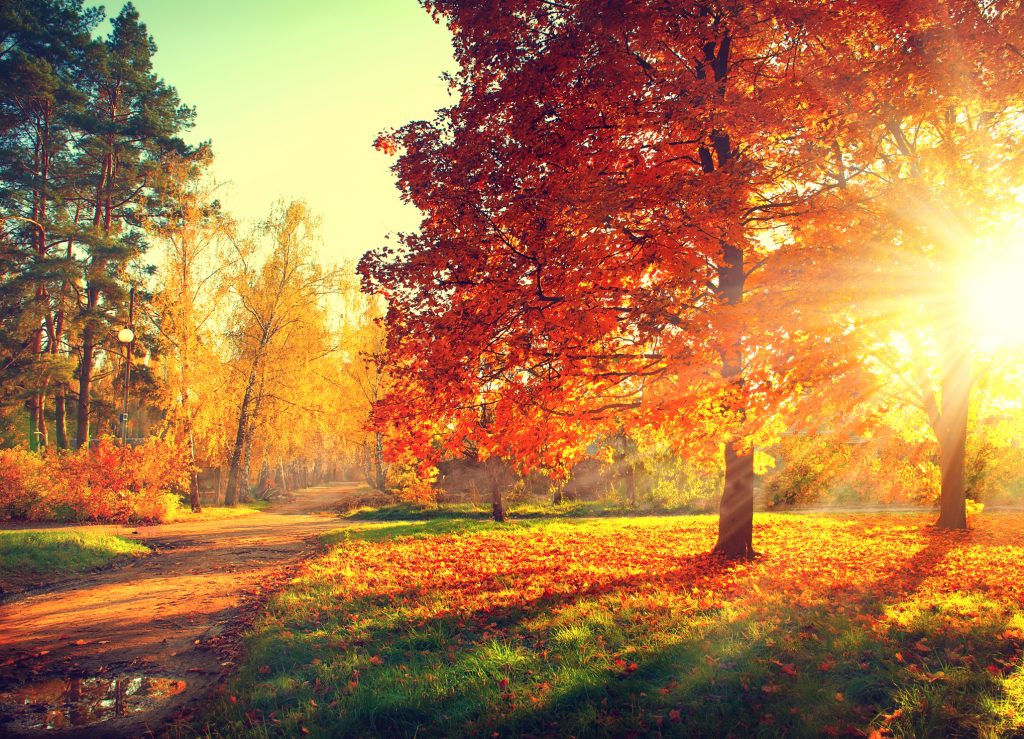
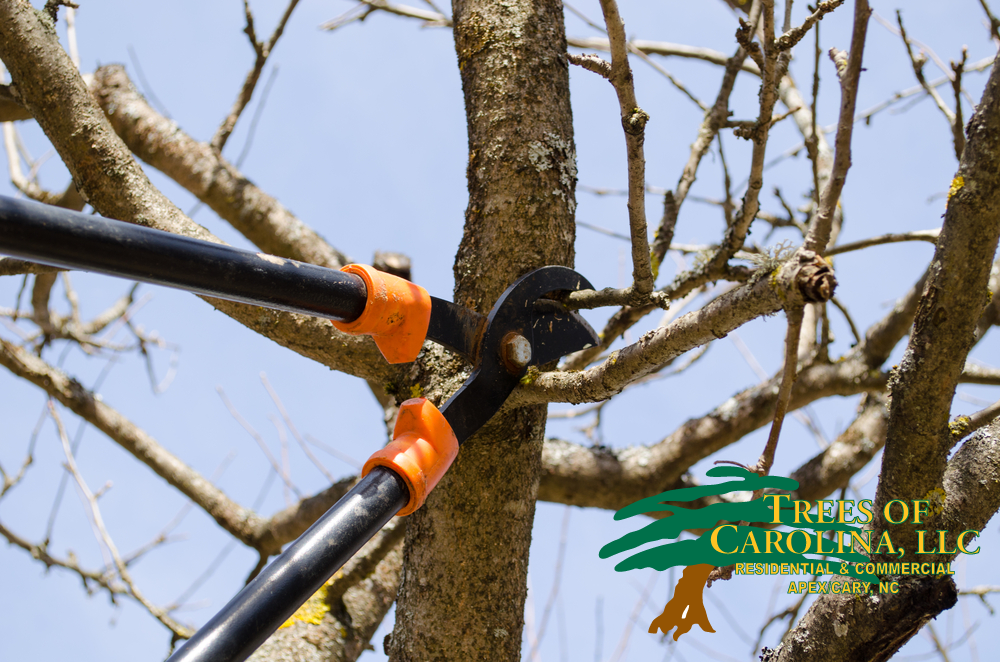

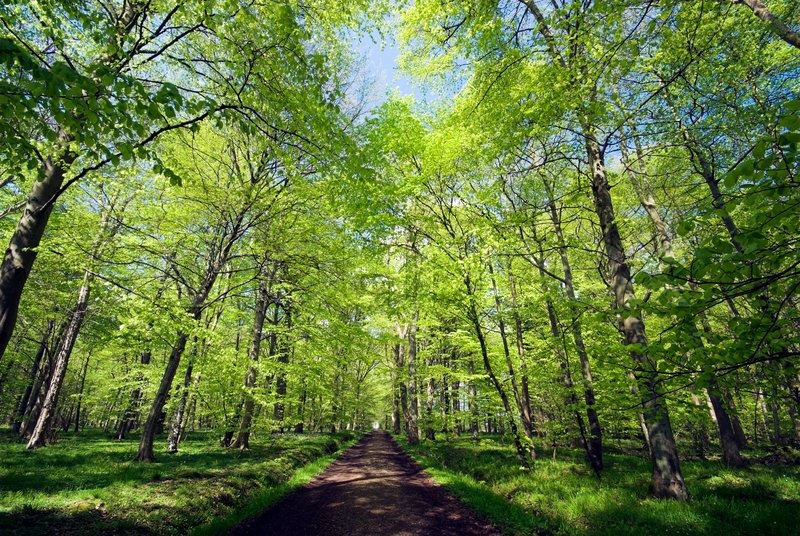
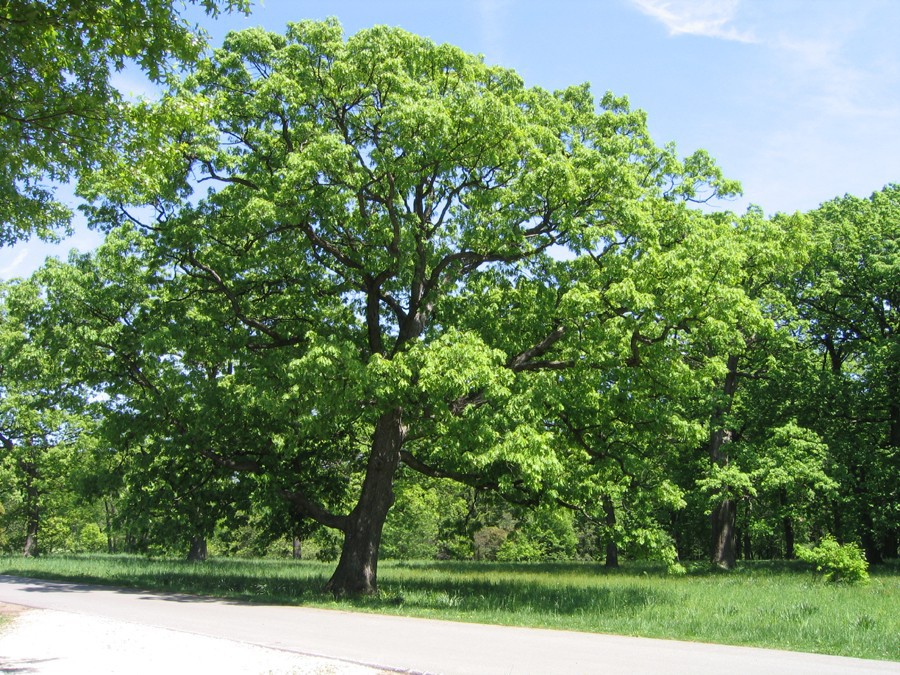

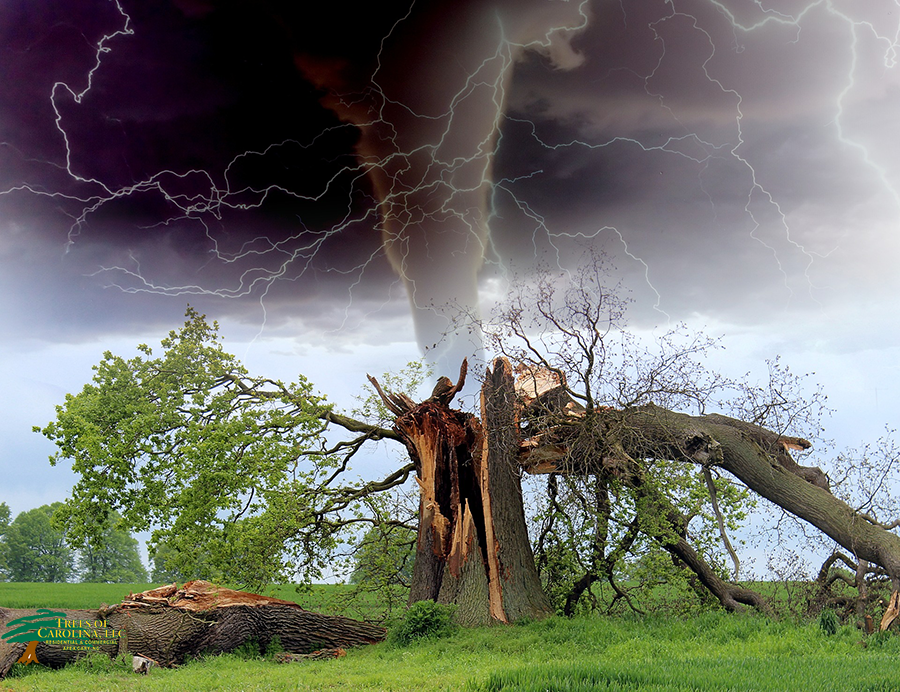
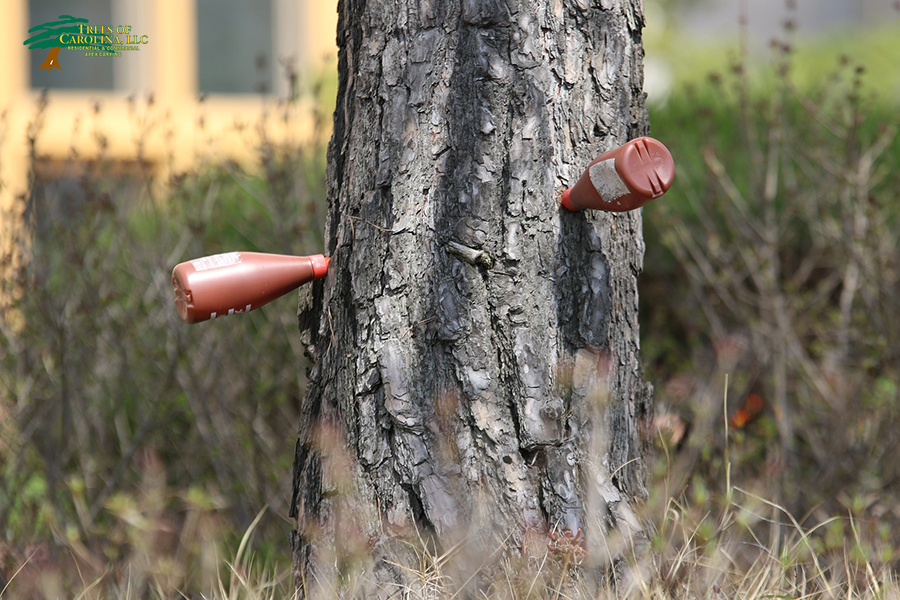
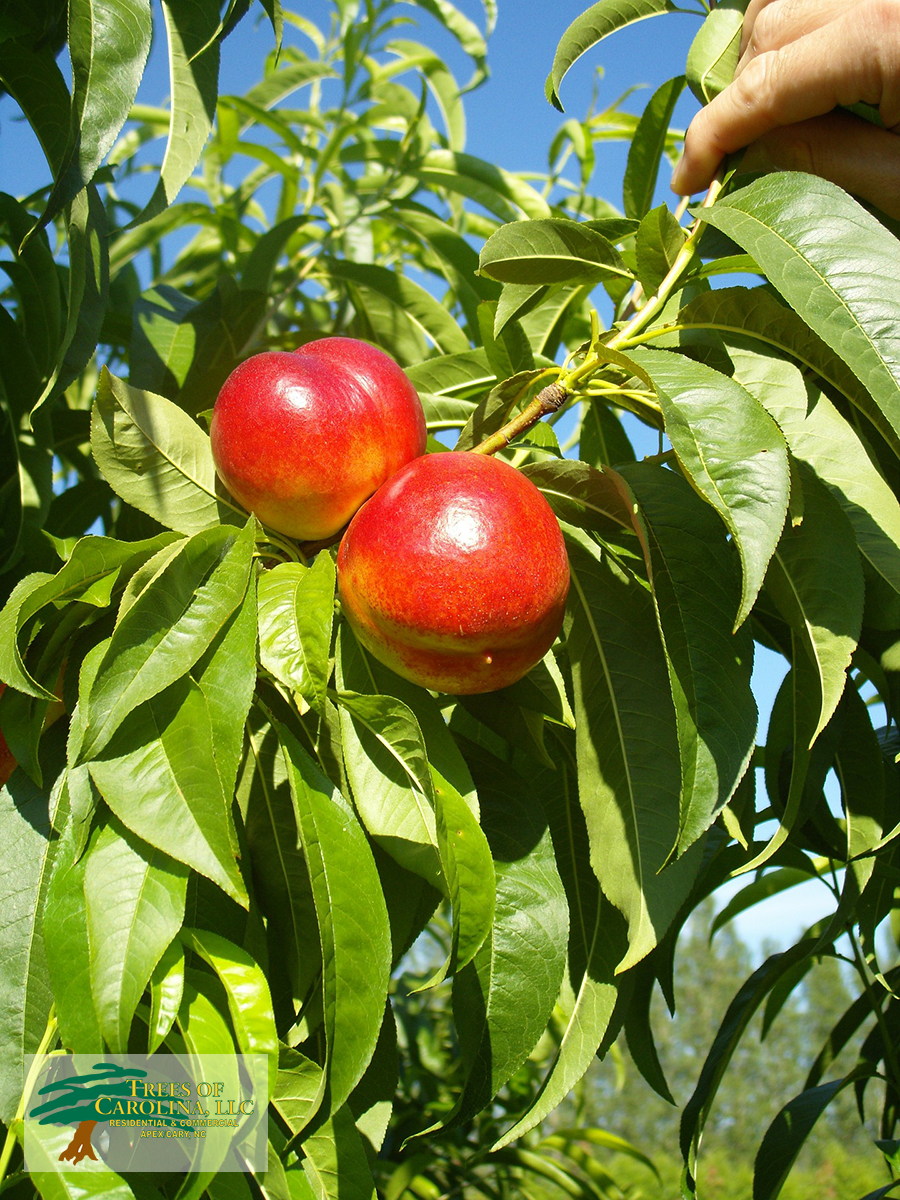
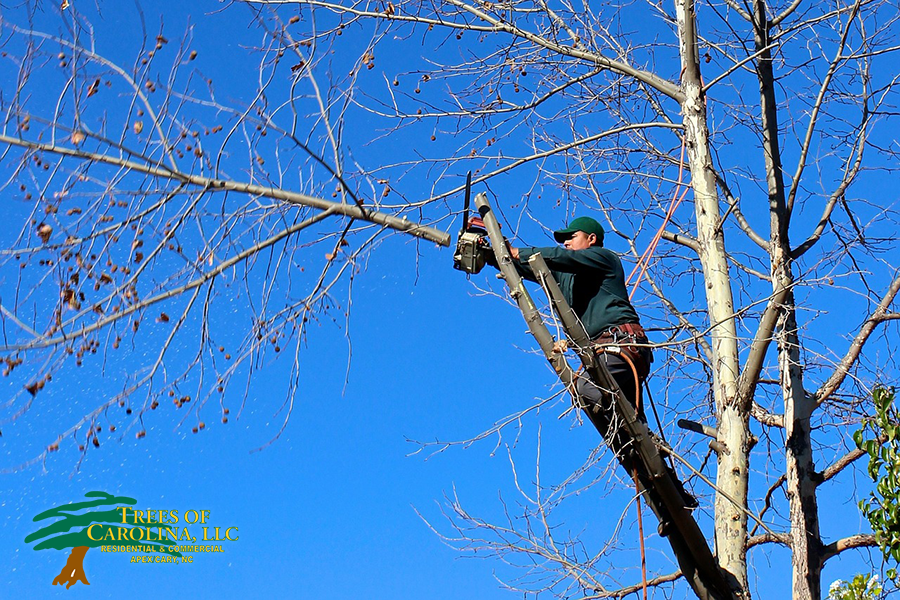



 0
0
 0
0



